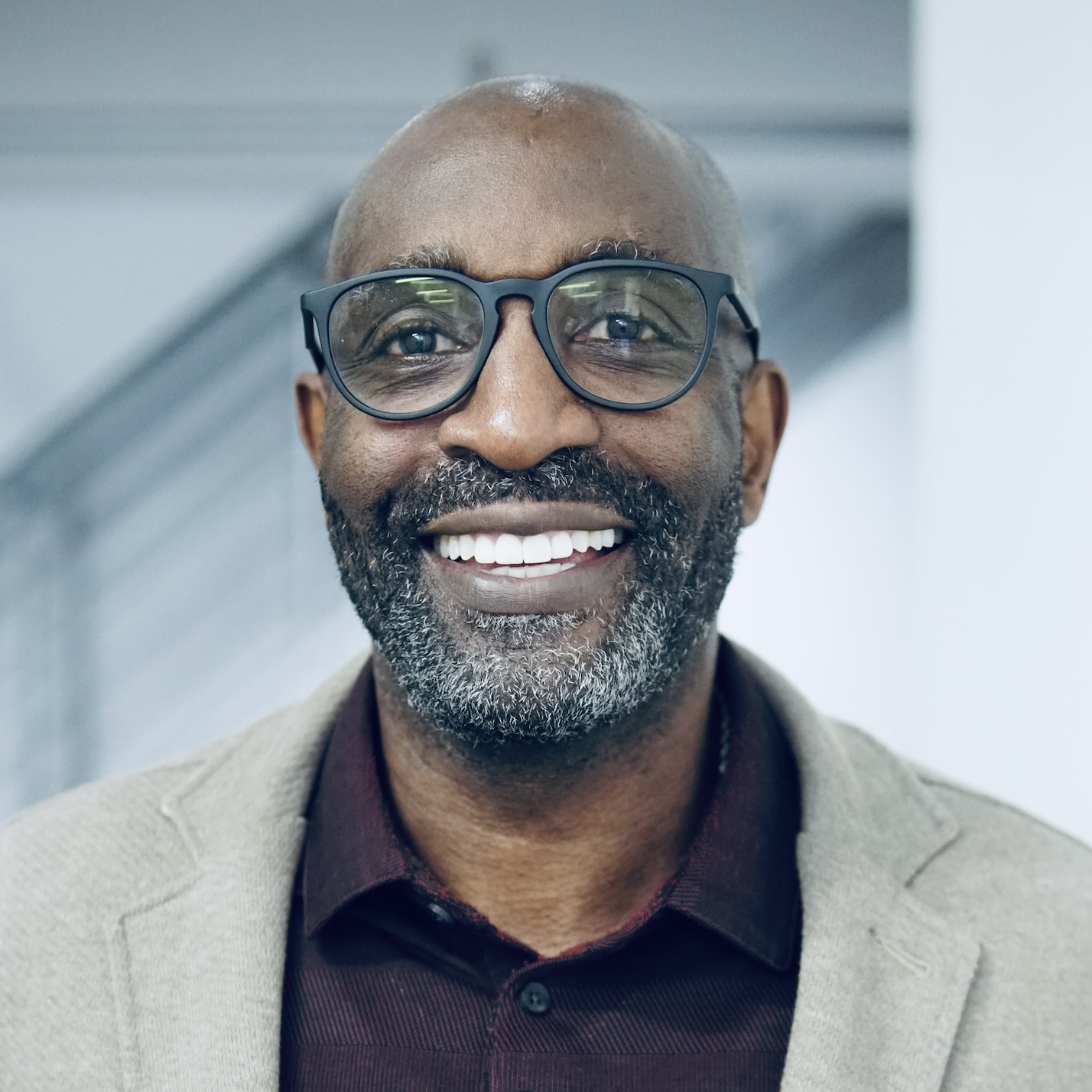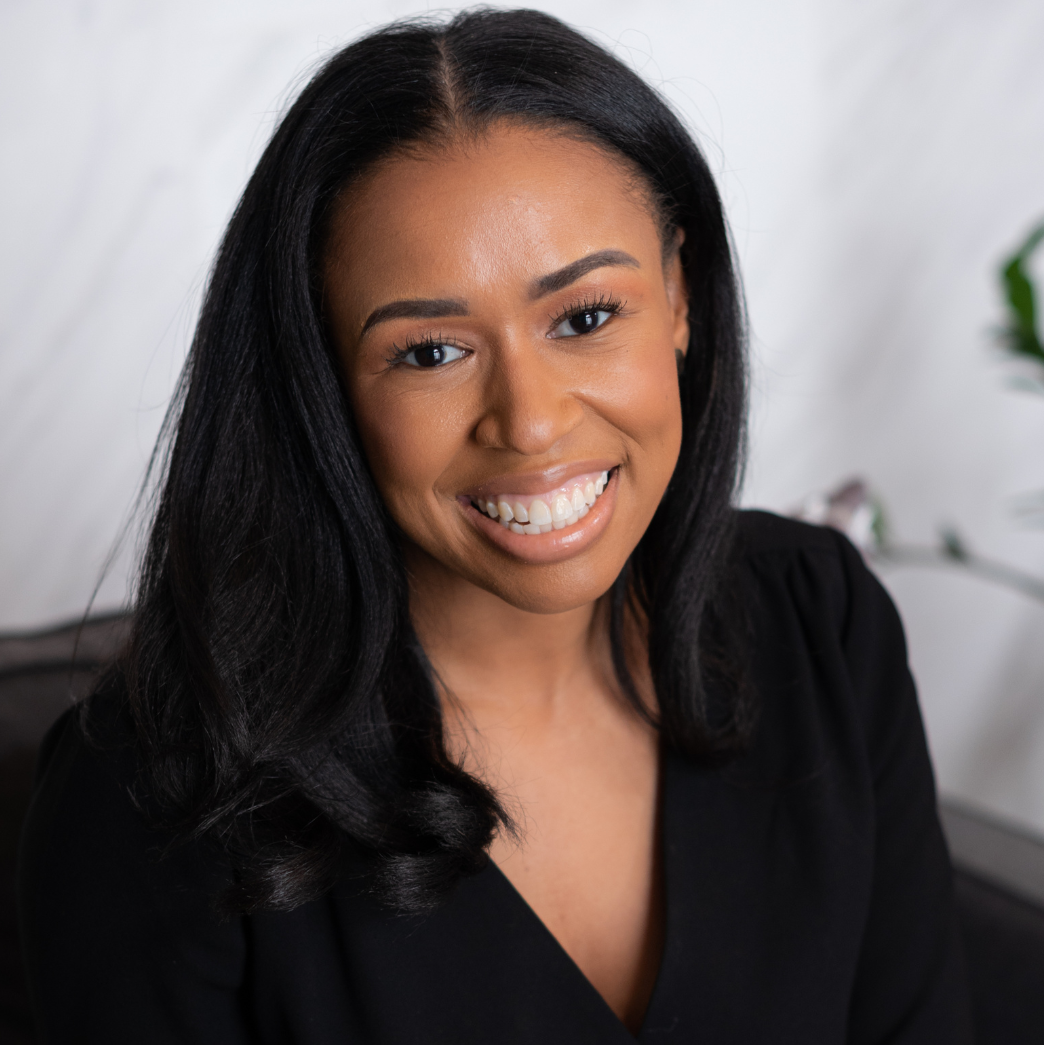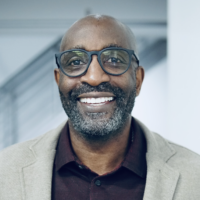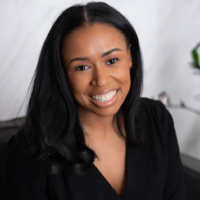RED LINES, WHITE PAPERS, & BLUE PRINTS: A FOUR-PART LEARNING SERIES EXPLORING THE DIMENSIONS OF RACISM AND STRATEGIES TOWARDS RACIAL EQUITY
SESSION 4: OPERATIONALIZING RACIAL EQUITY

In early June, HAND’s cohort of 120 members & partners convened for the fourth and final installment of Red Lines, White Papers, & Blue Prints: A Four-Part Learning Series Exploring the Dimensions of Racism and Strategies Towards Racial Equity on Operationalizing Racial Equity. This webcast was designed to have participants move from a place of learning to action, building on the foundation of the first three programs: Structural Racism, Implicit Bias and White Privilege. We were pleased to host Ronald Galvin (Vice President for Racial Equity and the Democratic Economy, The Democracy Collaborative) and Angela Carlberg (Project Manager for Racial Equity and the Democratic Economy, The Democracy Collaborative) as the featured speakers.
The goal of this session was to support members with:
- Reflection on key takeaways from the first three sessions;
- Understanding the role of individuals in the system of racial inequity;
- Owning the learned challenges and opportunities pertaining to racial equity;
- Articulating a vision for an equitable future;
- and preparation to operationalize that vision.
Cohort members had an opportunity to think about their own line of work and how systems within the industry exacerbate disparities. Participants left the session equipped with tools to clearly define specific issues and apply effective solutions that move the needle toward equitable outcomes. Many thanks to all who joined! You can read more thoughts directly from the cohort and our speakers below.
Thank you to our series sponsors, DC Housing Finance Agency, Kaiser Permanente, Wells Fargo and Meyer Foundation!

REFLECTIONS FROM OUR SPEAKERS
& THE COHORT

Angela Carlberg (The Democracy Collaborative) on recognizing systems:
“So this is a good example of how we imagine what a system looks like – thinking about a bird that exists in a cage. If we were to look at one bar of the cage, we can’t see anything wrong, they could just free themselves and they would be just fine. But what ends up happening and what we tend to overlook, is that there are multiple bars and they are arranged in a specific way that reinforce one another. So as we think about white supremacy, and systemic racism, and in a larger context, anti-blackness, that tends to ground how we exist in space with one another.”
Ronald Galvin (The Democracy Collaborative) on
collective pain:
collective pain:
“We’re all muddling our way through this moment and black bodies continue to be literally under the foot of this country’s powers – and we’ve literally seen that with our own eyes. The country is on fire literally, figuratively and spiritually. We all are probably asking ourselves the question, “What more can we do?” and while we are trying to honor our professional and personal commitments and relationships, there’s a lot of pain.”
Grace Morris (Heritage Housing Partners Corporation) on educating the next generation:
“We all know that hate is not something we’re born with, and we don’t have racial feelings when we come here to this earth, and we are taught to hate, and I’m struggling with that. That is still something that is clearly going on in our in our country, that we are passing this down to our children, and that’s my biggest frustration, and I’m struggling with how do we get our arms around that issue. How do we change our education system and get information to our children so that they are learning these things as early on as possible?”
Martin Mellett (Jubilee Housing) on primary and
secondary violence:
secondary violence:
“I was thinking about Paulo Freire, who is a social scientist from Latin America who talks about primary and secondary violence. I think that until we really understand the primary violence, which is the racial inequity, and all that comes with that, we’re going to continue to have the secondary violence…until we start really diving into that – and it gets into the health area and housing area and policing area and voter representation – we’re going to continue to have the other. So that’s the challenge for me – how do we continue to stay focused on that and not get lost in, “are they looting?” which is the secondary violence.”
Howard Harris (DCSEU) on the importance of educating ourselves & accountability:
“As a Black man, navigating corporate spaces all my life, I’ve had to learn about people. I’ve had to learn about culture. I’ve had to learn how to operate in certain spaces. And so when people come to me and say, ‘What do I need to do to do better?’ or ‘What do I need to do to be able to communicate? I don’t want to say the wrong words, I don’t want to say the wrong things,’ my question back to them is always, “How much individual learning have you tried to do?” At the end of the day, organizations are built up of individuals. So if everybody in the organization is anti-racist, then you’re probably going to have an anti-racist organization… what I’m doing is trying to provide somewhat of a roadmap of accountability – if you want to say that we are an anti-racist company, what are we doing to address some of the policies? How are we embedding this into the culture so that it actually produces results that go far beyond when the feeling of George Floyd’s death goes away?… If we’re not doing that on both sides – white, black – if we’re not holding others accountable for being anti-racist, then there’s no conversation to be had.”
Steve Brigham (Purple Line Corridor Coalition) on the invisibility of white privilege:
“…It’s beyond just systems and institutions. It’s about white-dominated culture, it’s the water that we swim in. And so I really do think at the most meta level, that’s the biggest struggle we have as a country, is that if you if you can’t see how this country as a white person has systematically privileged you, and all the generations before you – and continues to – it just makes it harder to climb the mountain for me individually in trying to do this work, but for all of us in trying to do this very hard work, because that privilege is just so hard to see for us. It’s invisible to us. And I think the culture kind of intentionally makes it invisible to us.”
[button link=”http://www.handhousing.org/red-lines-white-papers-and-blue-prints/” size=”xl” color=”#262763″ text=”grey”]LEARN MORE ABOUT THE SERIES[/button]
IN CASE YOU MISSED IT
[button link=”http://www.handhousing.org/racial-equity-learning-series-session-1-recap-structural-racism/” size=”xl” color=”#262763″ text=”grey”]READ THE RECAP FROM SESSION 1[/button]
[button link=”http://www.flickr.com/photos/handhousing/albums/72157713463558458/with/49653079992/” size=”xl” color=”#262763″ text=”grey”]CHECK OUT PHOTOS FROM SESSION 1[/button]
[button link=”http://www.handhousing.org/racial-equity-learning-series-session-2-recap-implicit-bias/” size=”xl” color=”#262763″ text=”grey”]READ THE RECAP FROM SESSION 2[/button]
[button link=”http://www.handhousing.org/racial-equity-learning-series-session-3-recap-white-privilege/” size=”xl” color=”#262763″ text=”grey”]READ THE RECAP FROM SESSION 3[/button]







